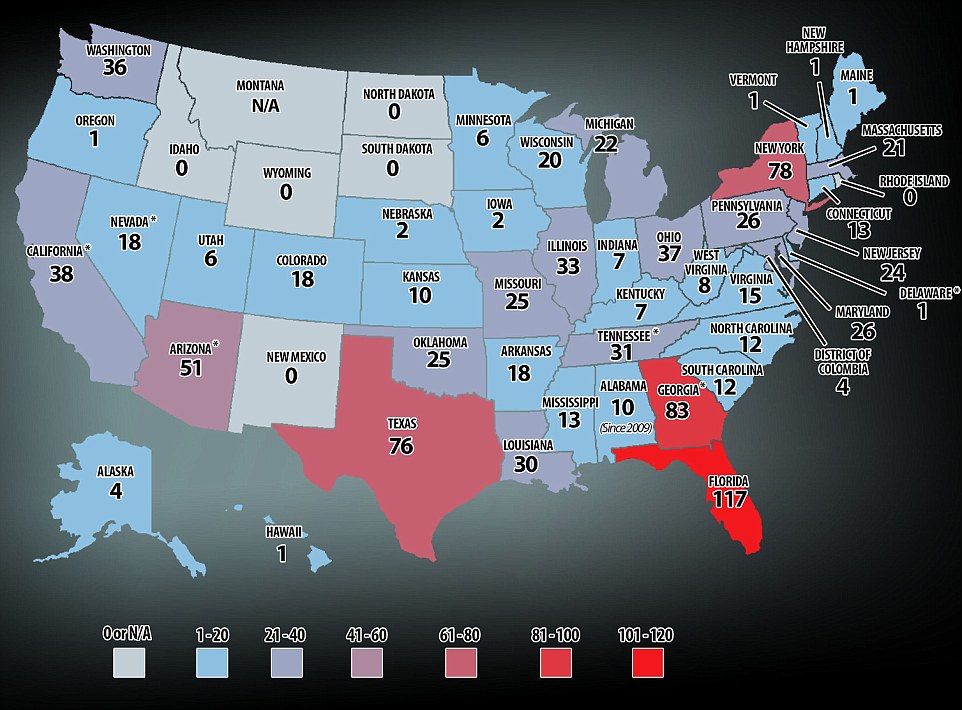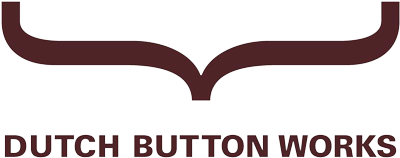Ambient Experience in the workflow
Author: Jan Taco Gussinklo to January 5, 2017
Translation from the original story (in Dutch) with figures on LinkedIn & Blendle
Quote “Ambient Experience integrates technology (dynamic lighting, projection and sound), spatial design and improvements in the workflow”.
Surprising
This recently distributed by Philips on LinkedIn (sponsored) message is surprising. On a photo (with Philips logo) is a side photographed boy facing a large purple-blue surface, resembling a sunshade. He touched it with his finger. Incidentally-something on the background is a squatting woman, which both his mother and also could be a nurse. Overall, this should suggest a hospital situation. The English text states that data from the Florida Children’s Hospital showed that the number of visits to the emergency department (ED) more than doubled after introduction of Ambient Experience in December 2009. There is added a link to a more detailed story. First, some humorous, reaction of a Swedish cardiologist is “that we are doing everything to keep people away from the emergency room.” He proposes to make anything but black and white. Another reader suggests that it is just a error. Then again compliments and ’thumbs up’ from other readers. Confusing. It continues to keep me busy. Because this is intentionally or unintentionally become a showcase.

Whence my interest. I would like to clarify.
In a previous job at a health insurance company may have ended such reports on my desk. Accompanied by whether ambient experience would be a valuable investment for an organization that is contracted. With the argument that these colorful, thoughtful approach reassures children and facilitates research. With happy parents and staff as a result. And a higher turnover. The advantage is obvious. But all claims tenable? That would raise a number of questions.Look at these two graphs, it is primarily a question of whether the facts are correct and if so, whether there exists a causal relationship. Are there similar observations in other hospitals with this innovation, preferably with stable other conditions. For the Dutch situation, the question would be to consider other possible explanations. Has the influx of patients gradually increased and is it the same casemix as before. Are postcode areas joined (by expansion). Is there a changing role of the emergency department (ED), a closure of departments elsewhere in the region, changes in the guidelines (health concentration). But also less beautiful statements. A short hospital stay after surgery could lead to more complications and more reassessments to the emergency department (ED). And the list is expanding. It is clear that I should go myself to the institution for further investigation
Florida Children’s Hospital.
We use the link in the text to arrive at a US Philips website with text, which shows that it is an emergency department (ED = Emergency Department) of the Florida Children’s Hospital. So a categorical hospital incidentally with multiple locations. In the period from 2008 (still more than 9,000 consultations) to 2012 the number of visitors doubled. It is numerically however still the same as 2009 (a stagnation) in 2010? Research has been done on ‘patient journeys’, so things like throughput and efficiency. A video on YouTube (Uploaded on Jan 10, 2012, Medical Director of Emergency Medicine) it all looks absolutely impressive. The latest figures indicate that the number of ED visits has now risen to 25,000 in 2015. Then my eye falls on a post in a flyer that the number of consultation rooms also doubled in the ED of the Florida Children from six to twelve. That was methodically planned for 2014, but that was conducted in 2010 as I understand. Declares that not much better a significant part of the increase in volume from 2011. Is it not just the adage that “the presence creates the need? “Then I come across a lot of shocking message.
Child abuse = Bad Experience
In my search I additionally read an alarming message (18 December 2014) that shows that Florida (point right corner of the map) grew to ‘champion child abuse’ in the USA. Would this also be an explanation for the increase in the number of visits to the ED? If I pretend this, I make possible the same mistake which I discuss before. Correlation is different from a causal (cause> effect) relationship. In short, I now have serious doubts about a direct link between the contribution of Philips and the doubling of the number of consultations. That seems to me to overbearing and perhaps misleading? It is important, especially since this impressive data
Further reading (Dutch):
https://www.linkedin.com/pulse/maak-alles-maar-zwart-wit-jan-taco-te-gussinklo
Google Translate
